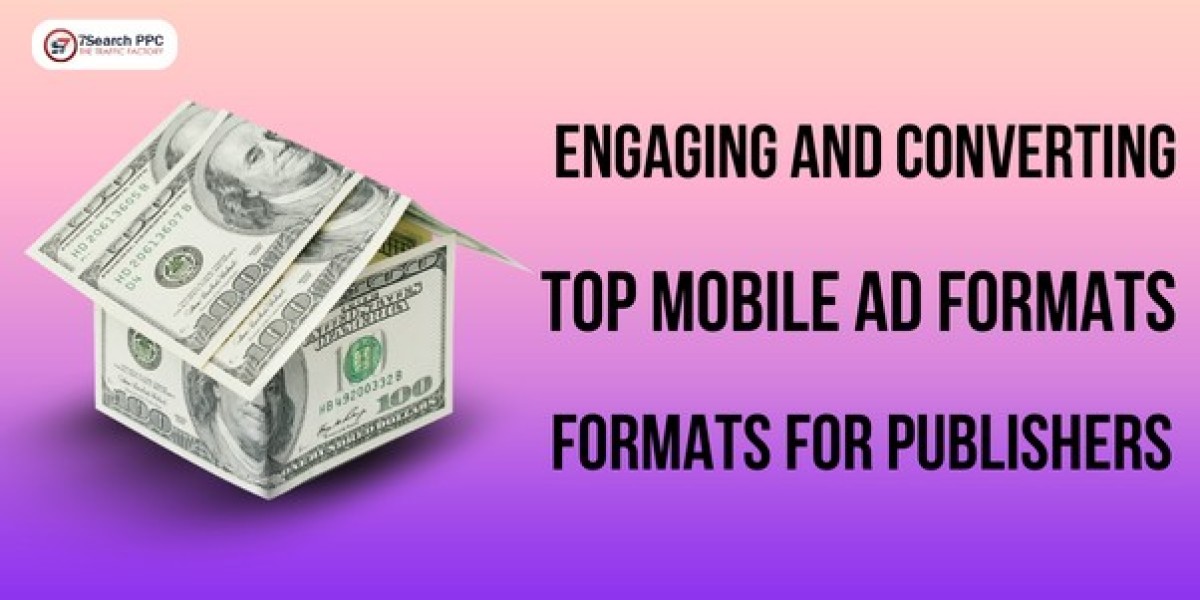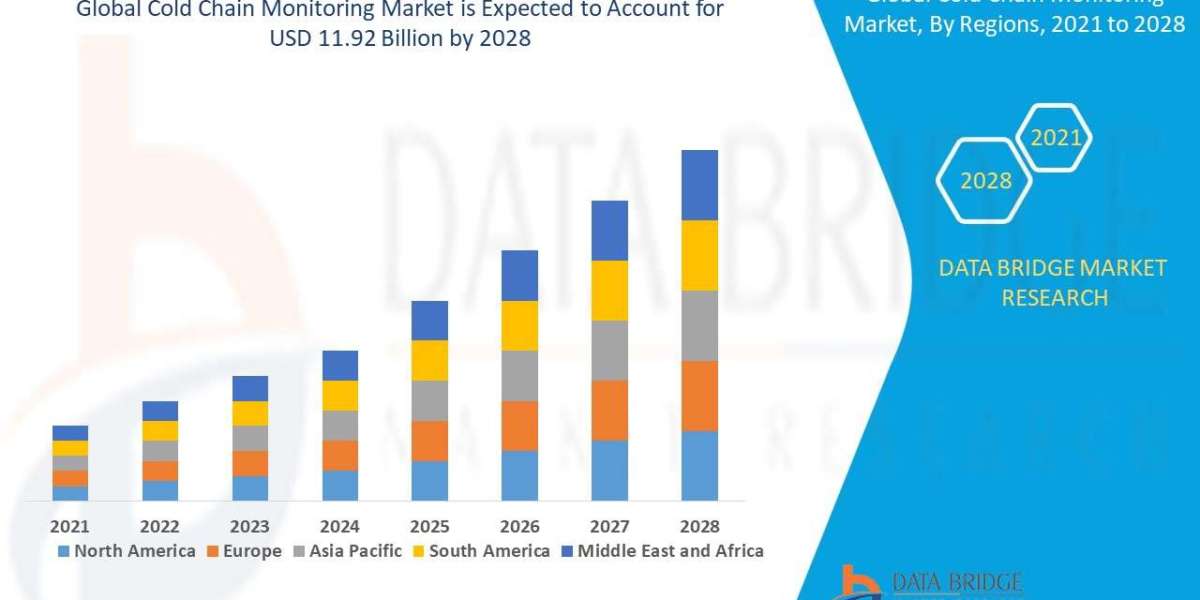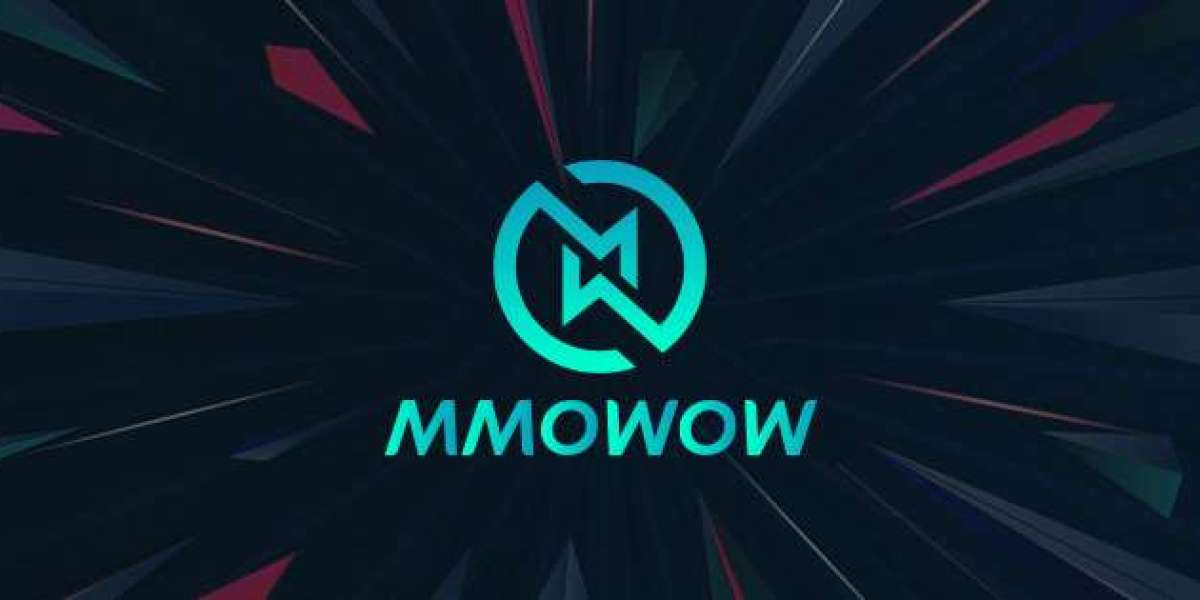Introduction
Mobile advertising has become an essential component of a publisher's monetization strategy. With the rapid growth of mobile usage, it's crucial to leverage engaging and converting ad formats to capture the attention of mobile users. In this blog, we will explore the top mobile ad formats for publishers that can effectively engage users and drive conversions. By understanding these formats and their benefits, publishers can optimize their ad strategies to maximize revenue and enhance the overall user experience.
Native Ads: Seamlessly Integrating Ads with Content
Native ads have gained popularity due to their ability to blend in with the app or website content, providing a non-intrusive and seamless user experience. These ads match the look and feel of the surrounding content, resulting in higher engagement rates. By integrating native ads organically, publishers can capture users' attention without disrupting their experience. Native ads are effective in driving conversions as they appear less intrusive and are more likely to be viewed as helpful recommendations rather than traditional advertisements.
Interstitial Ads: Captivating Full-Screen Experiences
Interstitial ads are full-screen ads that appear at natural transition points, such as between app screens or levels in a game. They offer an immersive and attention-grabbing experience to users. Due to their full-screen nature, interstitial ads have higher visibility and are hard to ignore. However, it's important to use them thoughtfully, ensuring they don't interrupt the user flow excessively. When implemented strategically, interstitial ads can effectively engage users, convey the message, and drive conversions.
Banner Ads: Balancing Visibility and User Experience
Banner ads are small rectangular ads that are commonly placed at the top or bottom of the mobile screen. While they may have lower engagement rates compared to other formats, they can still be effective when strategically placed. Banner ads offer continuous visibility, allowing users to view the content while being aware of the advertised product or service. Publishers should optimize the placement and design of banner ads to strike the right balance between visibility and user experience, ensuring they do not interfere with the overall app or website experience.
Video Ads: Powerful and Engaging Visual Content
Video ads have the potential to deliver a powerful message and capture users' attention effectively. They can be displayed as pre-roll, mid-roll, or post-roll ads. Pre-roll ads appear before video content, mid-roll ads are placed during video playback, and post-roll ads appear after the video. Publishers should carefully consider the length of video ads, ensuring they are engaging but not excessively long to avoid user frustration. By providing compelling visual content, video ads can engage users and convey brand messages effectively, leading to higher conversions.
Rewarded Ads: Incentivizing Users for Higher Engagement
Rewarded ads offer users an incentive, such as in-app currency, extra lives in a game, or access to premium content, in exchange for watching an ad. These ads provide value to users while driving higher engagement and longer app sessions. By offering a reward, publishers can encourage users to voluntarily interact with the ad content. Rewarded ads create a win-win situation where users benefit from the incentive, while publishers can effectively engage users and achieve higher conversion rates.
Rich Media Ads: Immersive and Interactive Experiences
Rich media ads incorporate interactive elements such as images, animations, or mini-games. They offer an immersive experience to users, capturing their attention and enhancing engagement. With interactive elements, rich media ads create a sense of participation and encourage users to interact with the content. Publishers can leverage rich media ads to tell engaging stories, showcase products, or demonstrate app features. By offering an interactive experience, rich media ads can effectively convey brand messages and drive conversions.
Conclusion
In today's mobile-centric world, publishers must leverage engaging and converting mobile ad formats to effectively monetize their apps or websites. Native ads seamlessly integrate with the content, interstitial ads offer captivating full-screen experiences, and banner ads provide continuous visibility. Video ads deliver powerful visual content, rewarded ads incentivize users for higher engagement, and rich media ads create immersive experiences. By understanding the strengths of each format and aligning them with the target audience, publishers can optimize their ad strategies, enhance user engagement, and drive conversions, ultimately maximizing their revenue potential.







